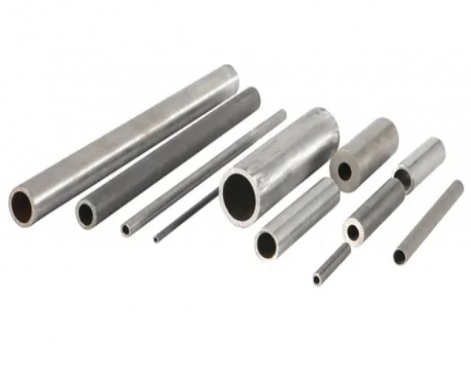If the cold treatment method selected for seamless steel pipes is not correct, its performance will be affected to a certain extent. Therefore, preventive measures must be taken during the cold treatment process. How should the cold treatment of seamless steel pipes be done? The main content lies in the following points.
Seamless steel pipes are divided into three categories according to their mechanical properties:
1. Soft state
The mechanical properties of the seamless steel pipe after solution treatment meet the requirements of the product standard. The seamless steel pipe has good corrosion resistance and is easy to cold work.
2. Chilled state
After a certain degree of cold deformation, the mechanical properties of seamless steel pipes are improved.
3. Semi-chilled state
The degree of deformation is smaller than that of the seamless steel pipe processed in the cold and hard state, and the mechanical properties are between the soft state and the cold hard state, which is suitable for light processing and forming.
Note: ASTM A53 seamless and welded steel pipe is a general, all-purpose pipe used in generator plants, refineries, compressor stations, natural gas transmission, and steam conduction. It is acceptable for welding, flanging, and bending.
Seamless steel pipes are divided into three categories according to their mechanical properties:
1. Soft state
The mechanical properties of the seamless steel pipe after solution treatment meet the requirements of the product standard. The seamless steel pipe has good corrosion resistance and is easy to cold work.
2. Chilled state
After a certain degree of cold deformation, the mechanical properties of seamless steel pipes are improved.
3. Semi-chilled state
The degree of deformation is smaller than that of the seamless steel pipe processed in the cold and hard state, and the mechanical properties are between the soft state and the cold hard state, which is suitable for light processing and forming.
Note: ASTM A53 seamless and welded steel pipe is a general, all-purpose pipe used in generator plants, refineries, compressor stations, natural gas transmission, and steam conduction. It is acceptable for welding, flanging, and bending.









